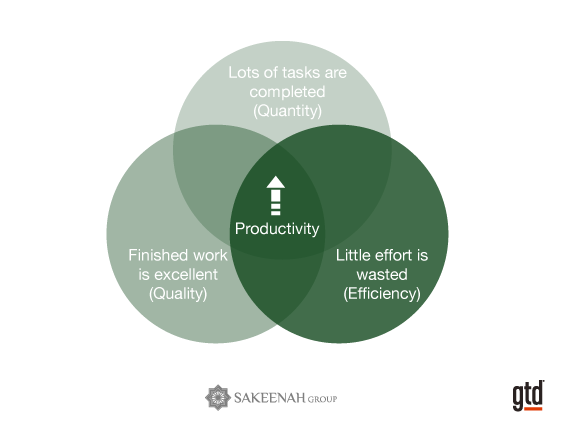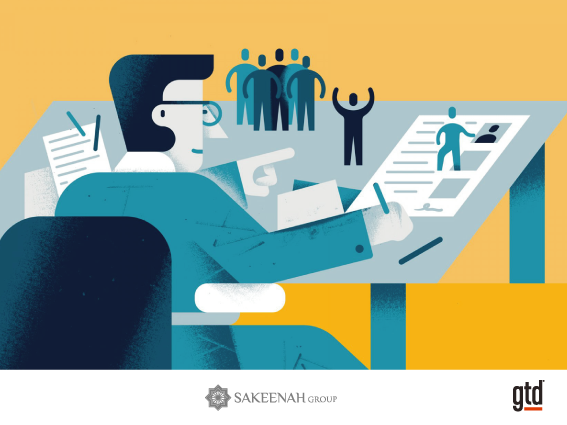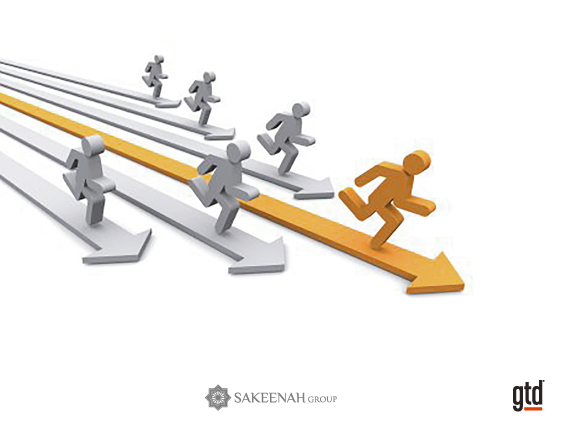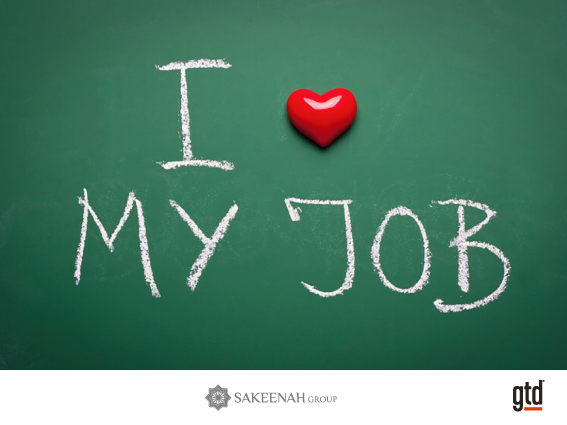Why Businesses Shouldn’t Go Soft on Workforce Productivity

Most everyone agrees to the notion that a happy employee is a productive employee. Engagement, morale, and job satisfaction drive workers to, well, work. To that end, many companies have cultivated a dominant trend of organizational focus that pursues employee well-being, office culture, social issues, and other “soft” matters.
Though responsible employers should support and facilitate worker prosperity and harmony, an appropriate balance with productivity endeavors should be sought. However, a tip in these scales seems to have occurred, and where organizations once emphasized productivity, they now appear to assume a more paternal approach, fixating on soft issues. Human Resource goals seem to be less business-oriented, as illustrated in an HRExecutive survey. The results don’t reveal workforce productivity as a strategic concern.
No Hard Numbers for Soft Issues
One of the dangers of this focus shift on soft issues is a lack of success metrics. Unlike areas such as marketing, advertising, and production, soft issues don’t offer a truly quantifiable ROI or strategic output. Contented employees are not guaranteed to be productive employees. If workers are only encouraged to focus on office culture and happiness and are not met with any notion of productivity measurements, they may feel less obligation to work efficiently.
One culprit of this focus redirection may be the common misconception that being productive equates to being busy…which many equate to more work, more stress, and more employee frustration. In fact, the opposite can be true. If staff learn how to work ‘smarter’ rather than harder, productivity can increase with less work, stress, and frustration.
And at the end of the day, productivity is what drives your business – producing high output with low input, which yields a higher profit margin.
Here are five other reasons why organizations should emphasize productivity efforts:

1. Lowers Operational Costs
When employees improve their efficiency, they accomplish more in less time or reduce the number of hours they work on each task. In the long-term, operational costs will diminish.

2. Optimizes Resources
Organizations may not realize they aren’t using their resources to their full potential. They may have some employees who are too busy and others who aren’t busy enough. But when workers learn and apply productivity best practices, an organization can see a clear picture of what resources to cut back and which to support further.

3. Boosts Competitiveness
When your overall workforce is more productive, you produce more for less expense. You could extend these cost-savings to customers through lower prices - lower than your competitors.

4. Reduces Employee Burnout
This goes back to busy versus productive. When an employee learns how to get more done in less time, they’re less likely to run out of steam in the long run. The threat of taking work home or working overtime is reduced, leaving them feeling less burdened and stressed and more accomplished.

5. Amplifies Customer Service
Productivity improvements can be realized throughout the organization, and this can filter to the customer. When employees consistently work at a higher productivity level, customers take notice. Those customers will be more likely to seek your services in the future and share their positive experience with others. Additionally, when you create a productive atmosphere, you also create the impression that you run an organized, efficient business, which is also very attractive to consumers.
Though workforce harmony, happiness, and well-being, should be a factor and goal within every organization, favoring soft issues without an eye on productivity can wither revenue, workers, and customers. A successful, balanced, and genuinely harmonious business also pursues workforce productivity efforts and measures.
[Citation: What’s Keeping HR Up at Night?, Human Resource Executive, 2018]
Swadeck Taher OSK is a Chartered Accountant (ICAEW) and a Chartered Marketer (CIM) running businesses and coaching, consulting, mentoring CEOs and entrepreneurs ranging from startups through family businesses to established top 100 companies in Mauritius. He enjoys sharing the expertise he developed over the last thirty years at senior leadership/directorship level with his clients, business partners and other budding entrepreneurs.
Swadeck is also a GTD Practitioner and a Certified GTD Trainer. He helps others experience what the Productive Experience feels like and how they too can savour stress free productivity.
Sakeenah Co Ltd is the only Certified International Partner of the David Allen Company in Mauritius.
GTD® and Getting Things Done® are registered trademarks of the David Allen Company.
Disclaimer: All images are copyright to their respective owners. If any of the images used in this article belongs to you and you wish these removed, please send me a message and I shall oblige.
Join Our Mailing List
For receiving our news and updates in your inbox directly.


